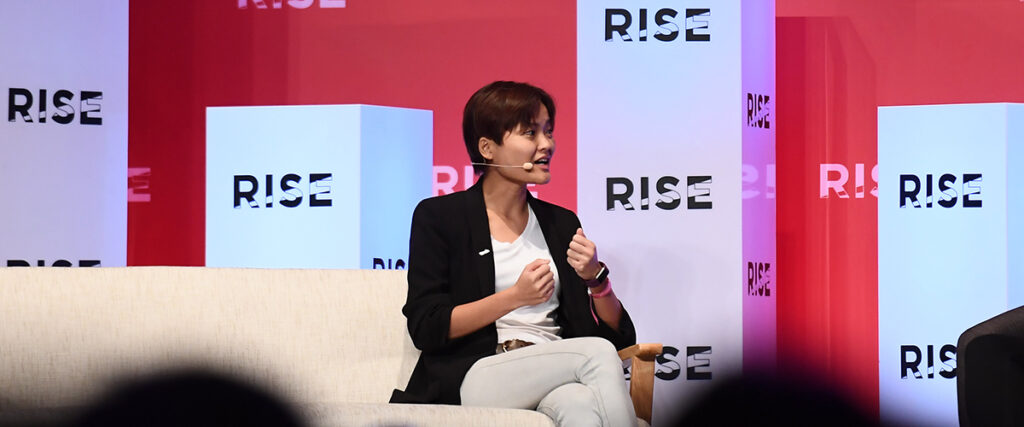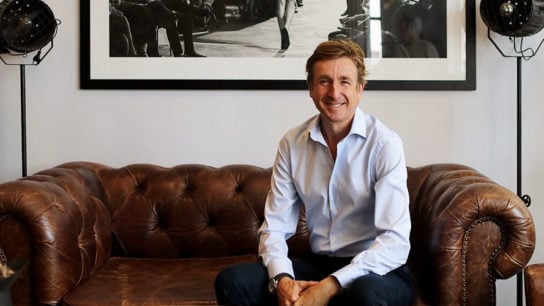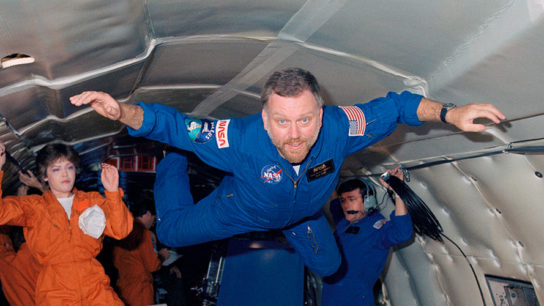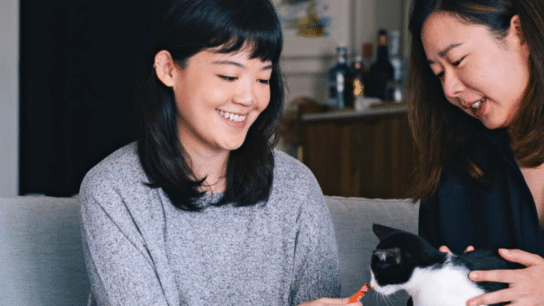Last week at RISE, we listened to Tan Hooi Ling discuss Grab’s role within the changing landscape of the ride-sharing industry in Southeast Asia and its technological opportunities for the future.
Founded in 2012 by Anthony Tan Hooi Ling, Grab is best known for being Southeast Asia’s most popular ride-hailing app, which allows you to order transportation in a few simple taps. Tan Hooi Ling begins her segment at Hong Kong’s RISE Conference by making an announcement about the next steps Grab is taking and the direction they are headed in. “We’re announcing a couple of things. We’re transitioning from our transport to an open platform strategy and we’re also launching GrabPlatform today. Because of the strong user base, the distribution of the network that we have, we’ve been able to heavily invest in future services like food, payments logistics and today we’re bringing it all together into what we call GrabPlatform, which does a couple of things. One, we’re going to be focusing more on becoming Southeast Asia’s everyday super app.”
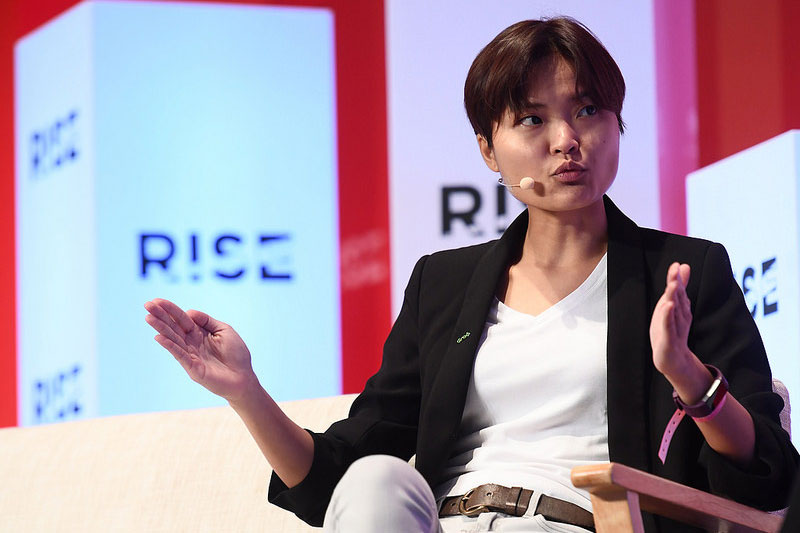
Instead of having one app for just one set of services, i.e. transport, this super app will now feature multiple services, from payments and logistics to grocery deliveries. Based on feedback, Tan Hooi Ling believes that Southeast Asia has both unique and complex needs that are important to accommodate. “We actually asked our consumers and our users, what they would like the future of Grab to be and they told us that they want us to be the one-stop-shop. For them to wake up and use us without having to carry their wallets around. I don’t think it’s confusing because when you’re in Southeast Asia, you have none of these alternatives that we’re talking about.”
Tan Hooi Ling continued by emphasising the fact that, despite all these incremental changes, creating safe and accessible transport for all of Southeast Asia will always remain the top priority. “I’ll just share a bit why we’re evolving in this way, because again, I think it’s very contextual towards Southeast Asia. There are no alternative players beyond us who have built the Southeast Asian reach that we now have. The operational know-how, the team, the talent, the technology infrastructure, and because it’s relatively green field for us, that opportunity exists in ways that no alternative players have in different countries or locations.”
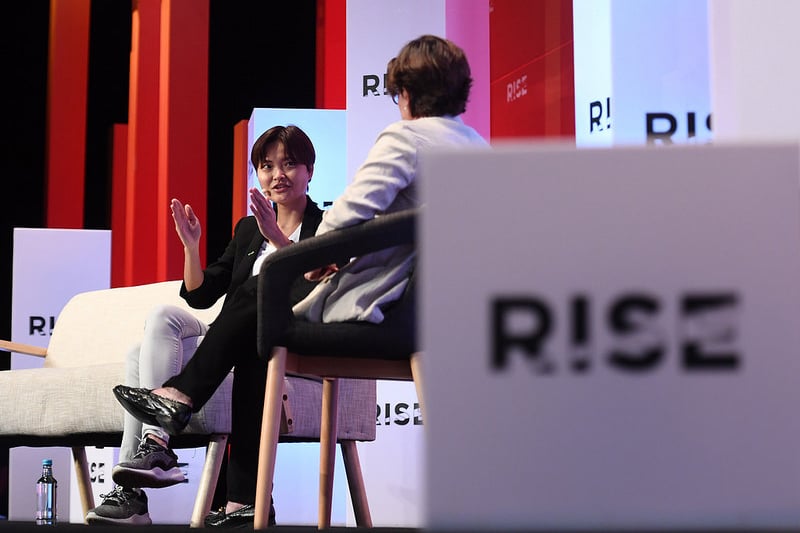
She goes on to explain: “My co-founder Anthony and I, we started the company after discussions on trying to develop safe and accessible transportation solutions for all of Southeast Asia. And Southeast Asia has a mishmash of very developed markets like Singapore to super underdeveloped markets, say like Cambodia and Myanmar that we most recently launched. And in order to serve them well, we need to have a multitude of services that can fit different customer segments. Think about Grab going forward where, for them, all they have to do is book with one click an end-to-end journey, that has bike, bus, or bike, shuttle, bike transition fully planned for them. And that end-to-end seamless transition is what we’re looking for.”
Tan Hooi Ling then goes on to talk about the investment that’s just been made by Toyota and what it means for Grab. “So, let me just frame it for those who don’t know, we’ve recently got an investment for USD 1 billion from Toyota. It’s a reflection of a couple of things. One, their belief in the future of ride-hailing companies and how it’s going to work and shaping the future of transportation. Secondly, for us, if you look at our existing partners, we already have Uber, DiDi on our board, Softbank on our board. So the last part of the value chain we want to get a really strong partner on as well. And of course, we’re going to be building more and more partnerships as we have done before that end to end view of being able to shape the future not just from a technology and consumer behaviour standpoint but also from the hardware.”
She expands further on Grab’s partnership with Uber and how it makes sense, rather than being in direct competition with them and other companies. “We saw them as true potential partners. For example, some of the things they’ve been helping us a lot on; they had Uber Eats in Southeast Asia, which we didn’t have. And since we’ve helped take over their operations we’ve helped them expand it from two countries to six countries right now with much more growth expansion plans. They’ve also had some of the best technical know-how, whether it’s mapping, whether it’s basic scaling infrastructure, those are some of the other things we’ve continued to learn from them and grow with them. We don’t find these often, these opportunities to have this kind of outsized impact and we’ve managed to do so with Uber and we’re looking forward to the future working relationship.”.
Tan Hooi Ling sums up the panel by re-establishing Grab’s hopes for future endeavours. “Going forward, we want Grab to be the thing you think of that eases all of your concerns when you leave the house. You don’t have to worry about your wallet, you don’t have to worry about if you’ve left your charger behind, you don’t have to worry about whether you need to go out and get lunch, you don’t have to worry about who’s going to do your groceries. We just basically want to help our customers have no worries and get closer to the things that matter most to them.”
Related Articles
Uber: How They See Their Future, and What They’re Planning Next
Bike Sharing in Hong Kong: Go.Bee
The Hive x Vivid Invest: The Rise of Management Contracts & Why They’re Mutually Beneficial
